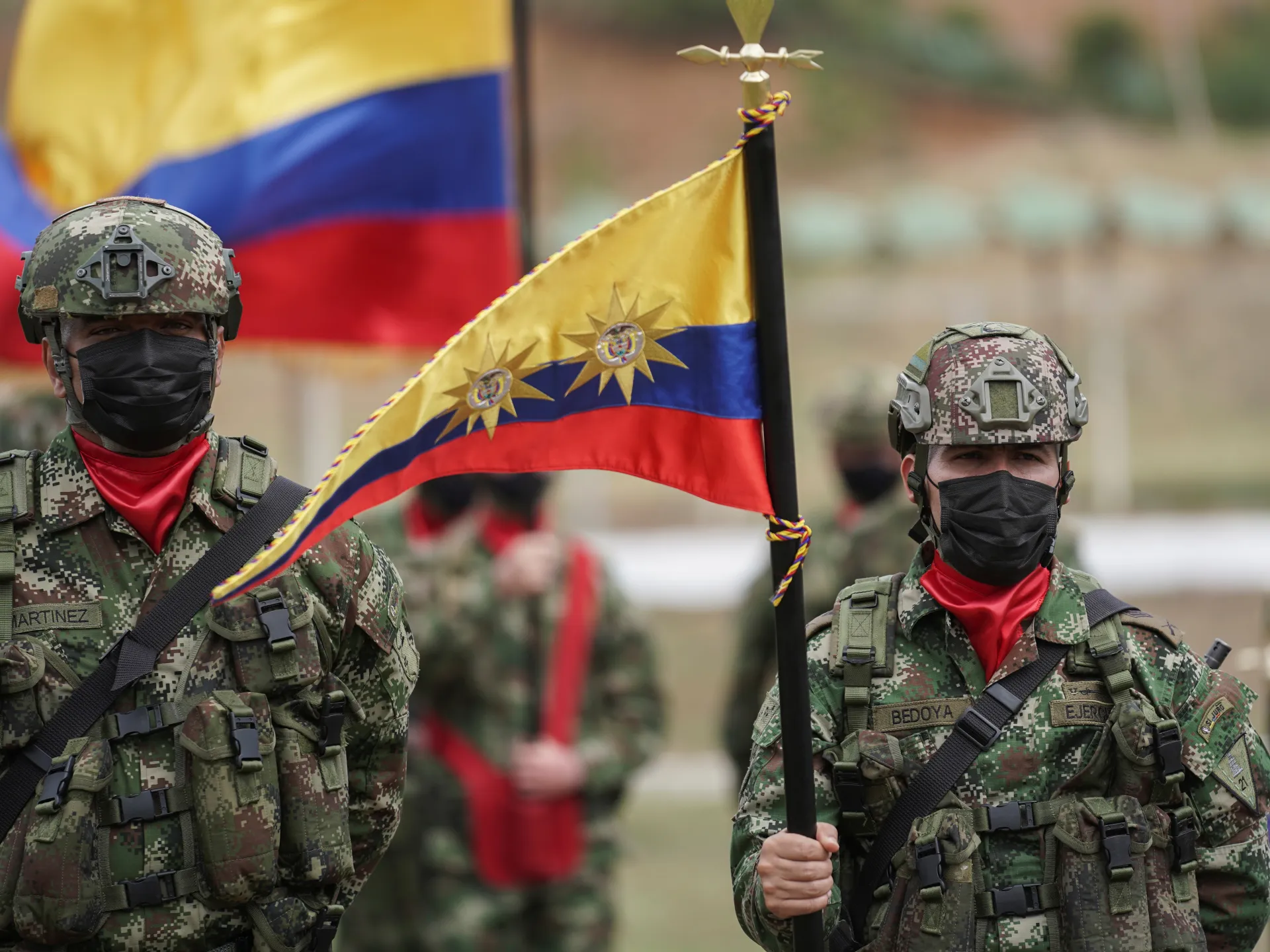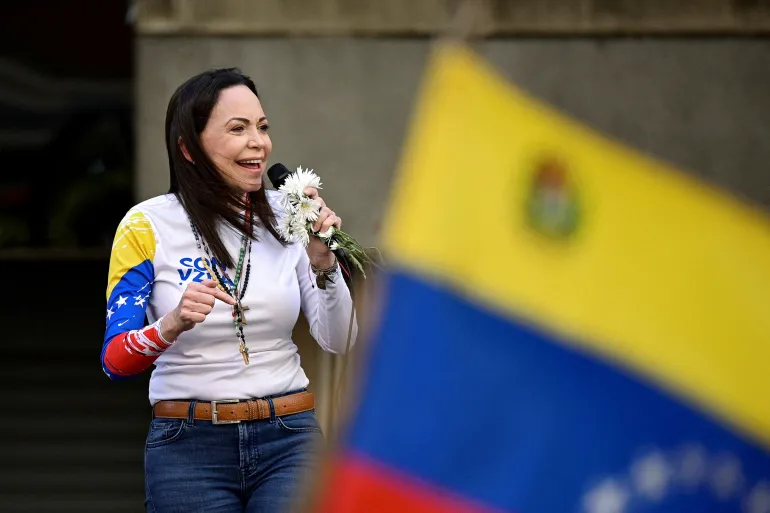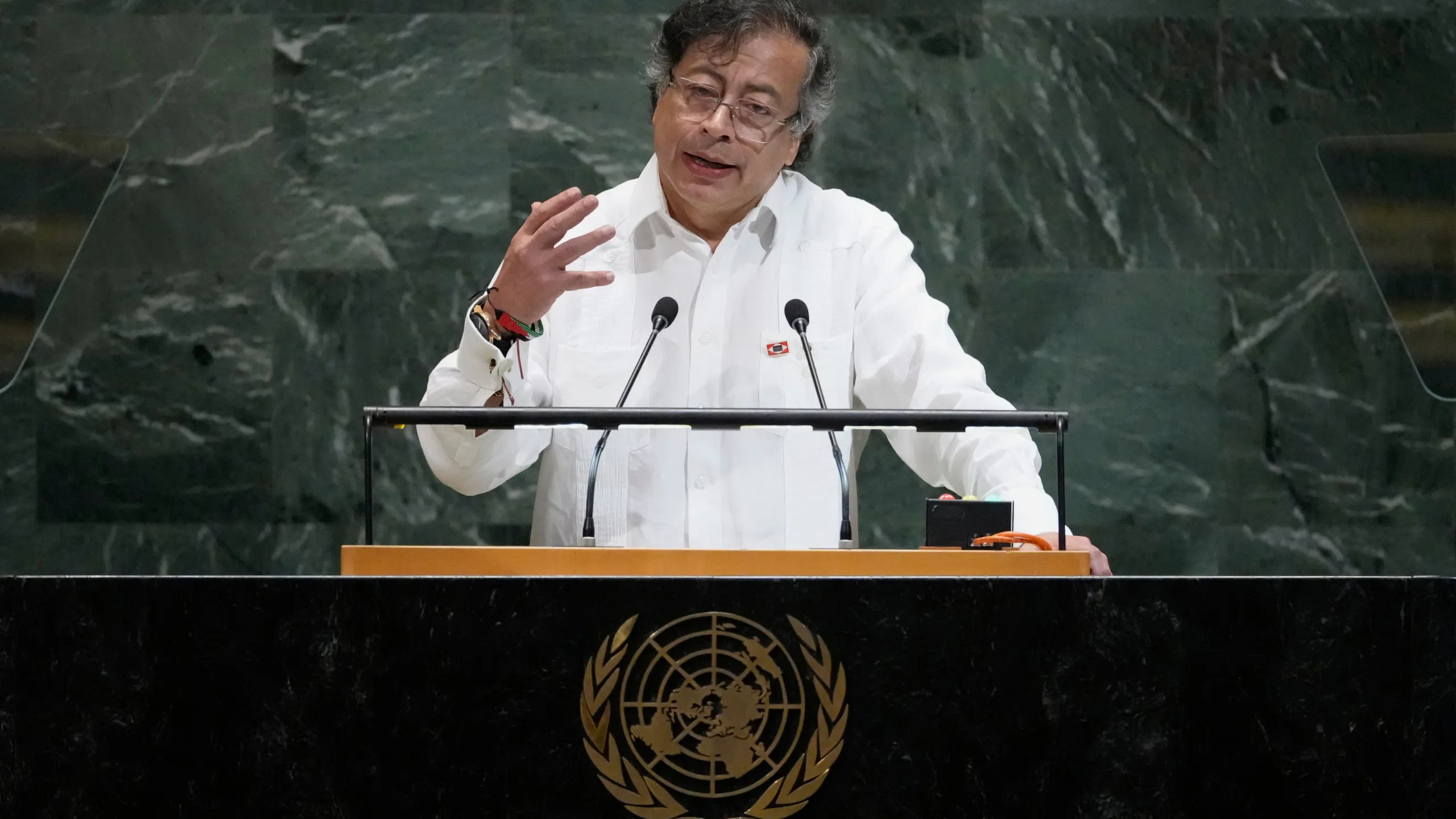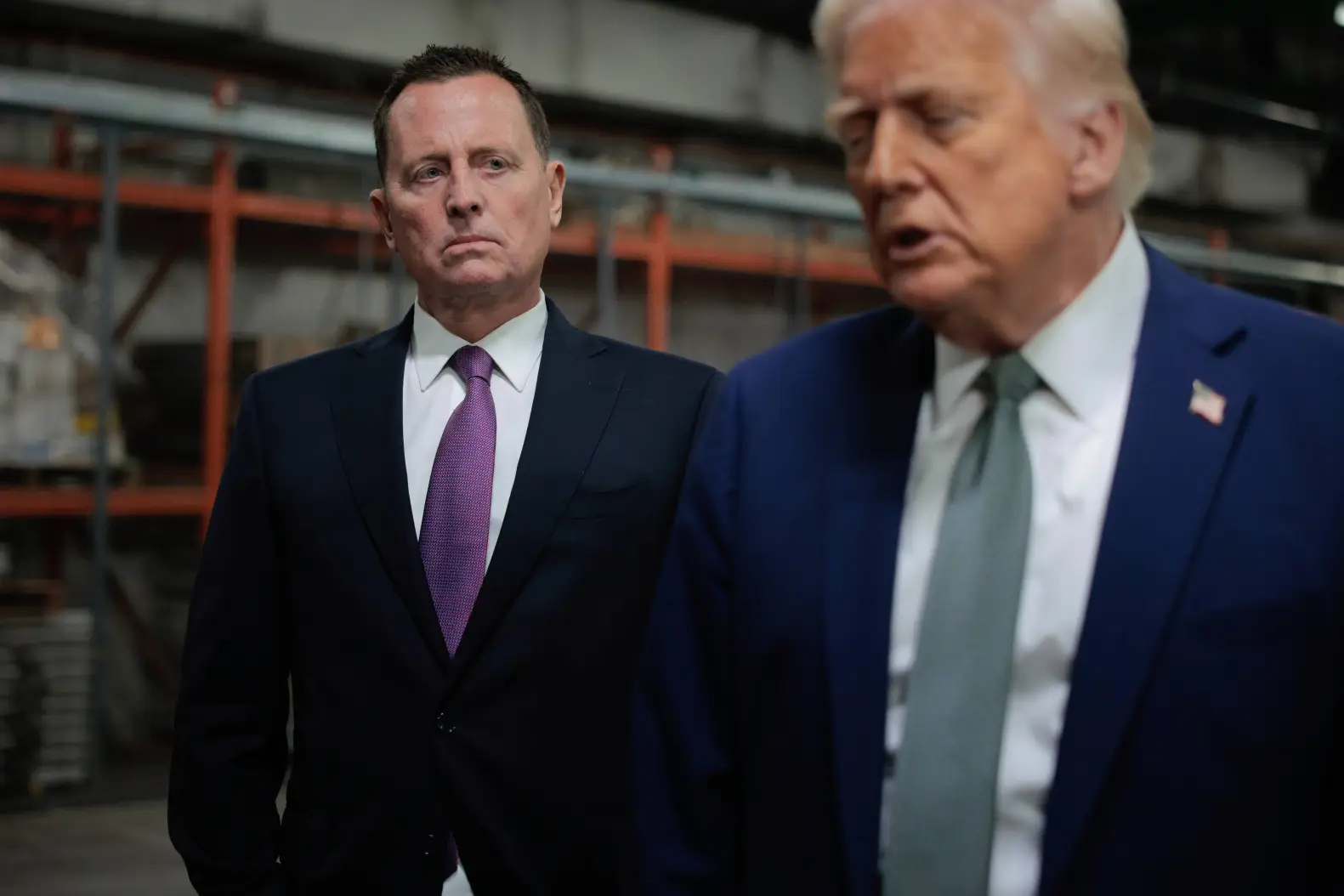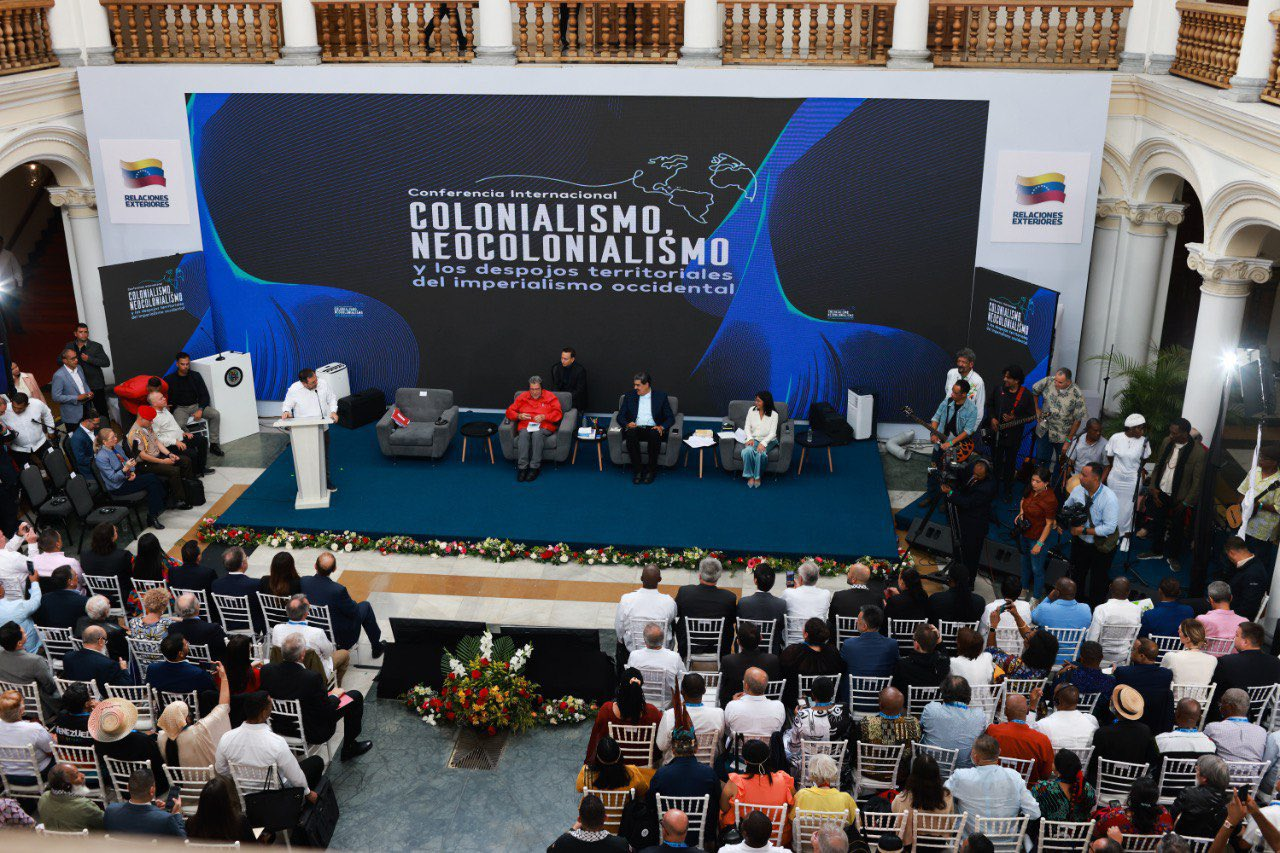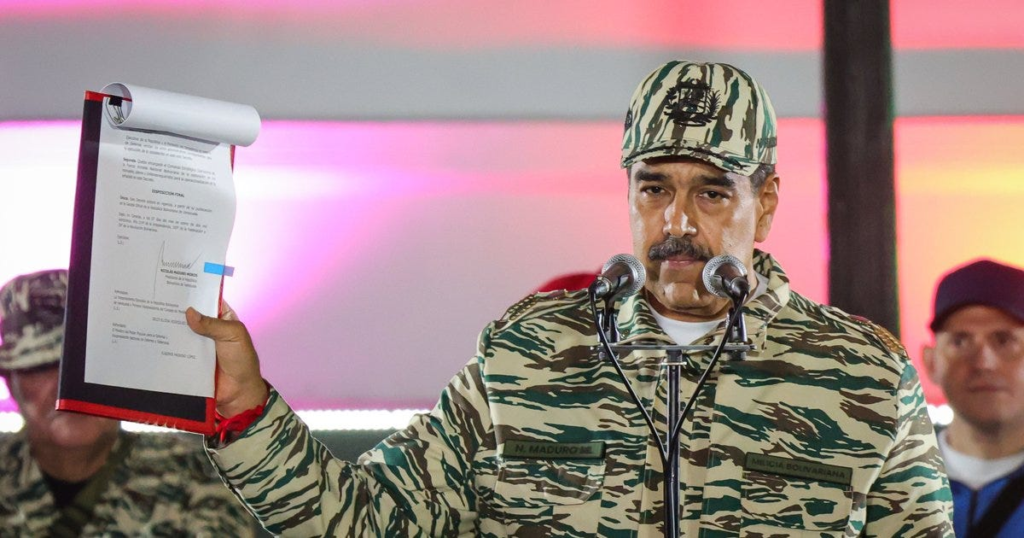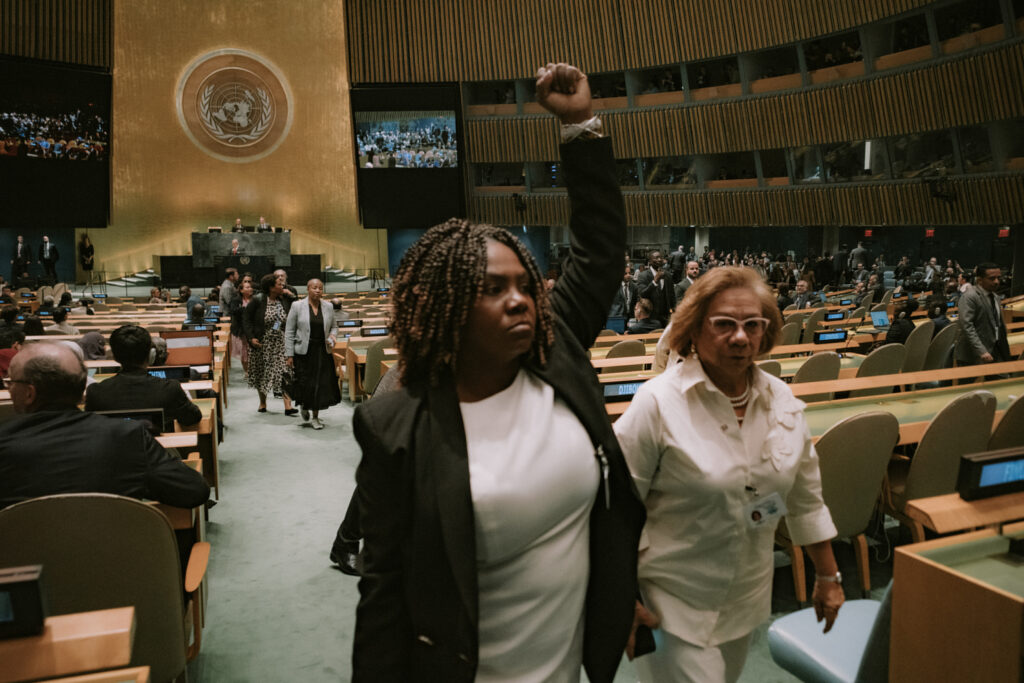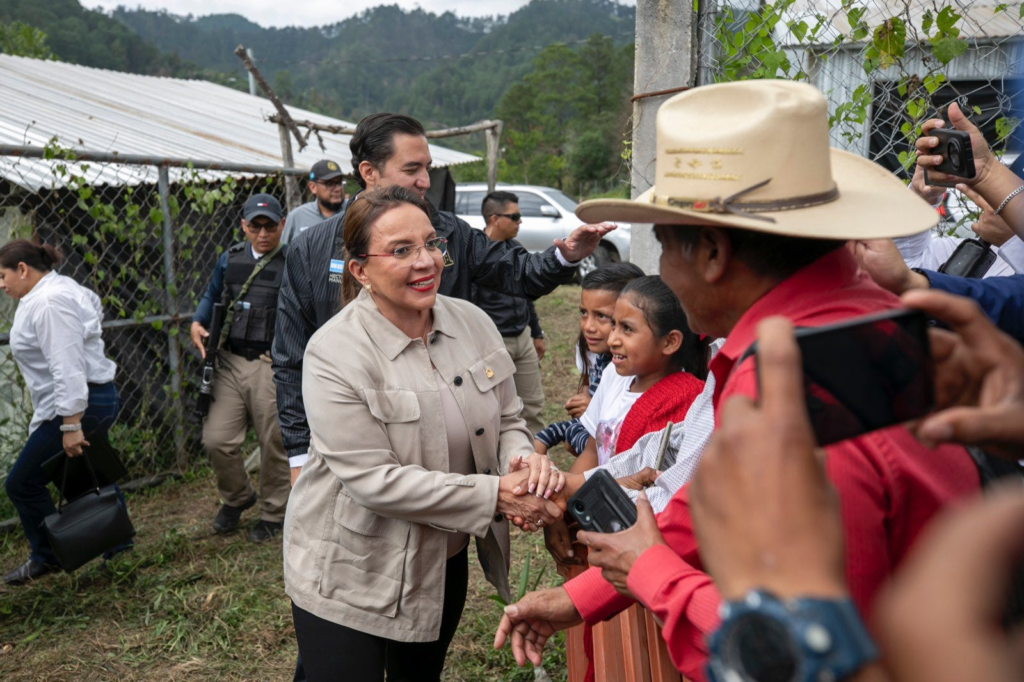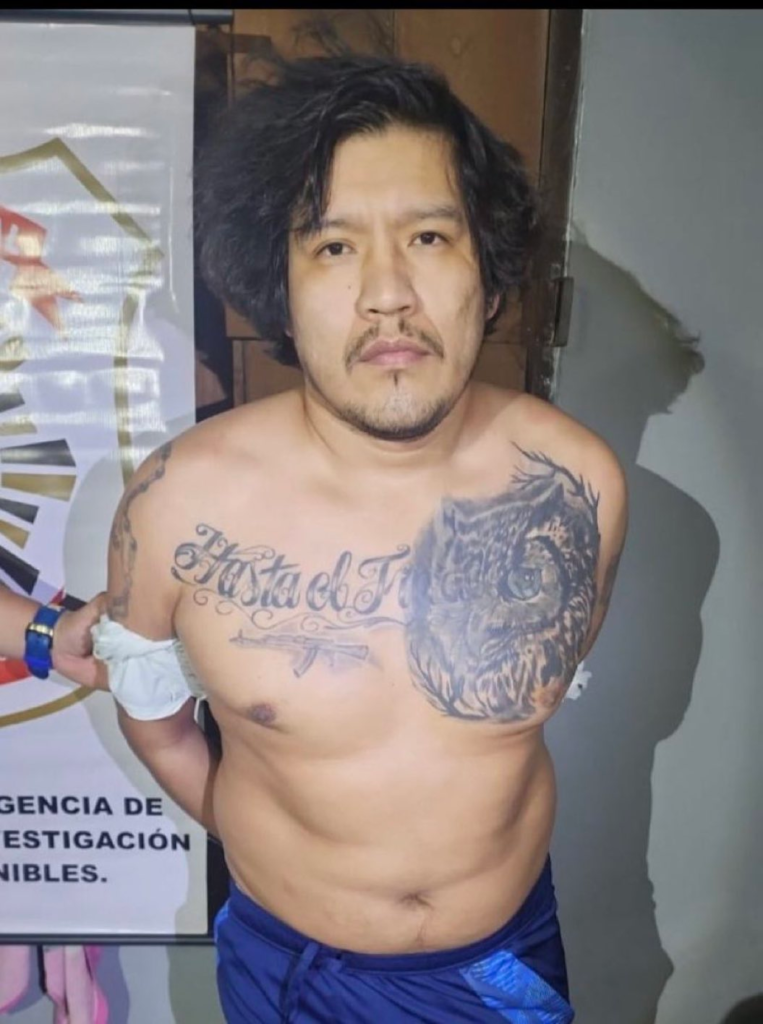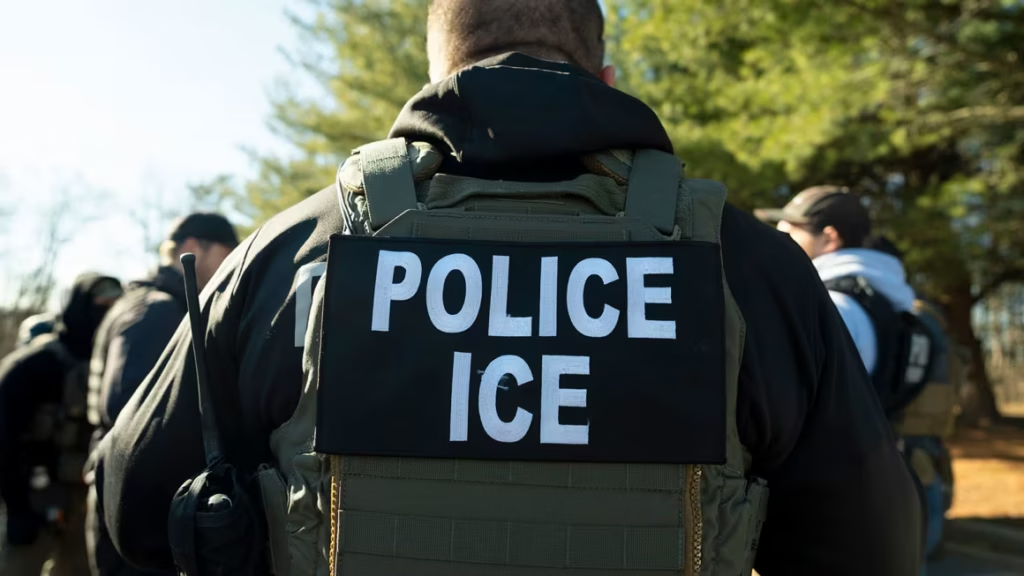Intense fighting between elements of the Colombian army and rebel fighters from a group of FARC dissidents ignited on Sunday in the El Retorno municipality of the Amazonian region of Guaviare province in southeastern Colombia.
According to the Colombian Defense Minister, Pedro Sanchez, at least 34 Colombian soldiers were taken hostage by residents of the community, under pressure from local rebel groups operating in the region. The rebels involved in the clashes are members of the Central General Staff (EMC) of rebel FARC dissidents, who had previously rejected a peace agreement with the Colombian government in 2016.
Admiral Francisco Cubides, Commander of the Armed Forces, stated in a press briefing that the element of former FARC rebels was led by Néstor Gregorio Vera Fernández, better known by government forces by his nom de guerre, Iván Mordisco.
Mordisco is a veteran warlord and high-ranking leader of the FARC rebel faction who is also accused of using the guerrilla organization as a guise to deflect from his dealings in narco-trafficking.
Government officials also confirmed the death of 11 rebel combatants resulting from the skirmishes, including one high-ranking commander of the outfit, one Willington [alias] “Dumar” Vanegas Leyva, a close ally of Mordisco.
When remarking on the hostage taking of government troops by residents of the small community, Commander Cubides noted, “The people say it is a humanitarian corridor. What they are really doing is blocking the protection of other Colombians.”
Cubides also called on the Ombudsman’s Office and the Organization of American States, and the U.N. to “support the peace process” and help secure the soldiers’ release.
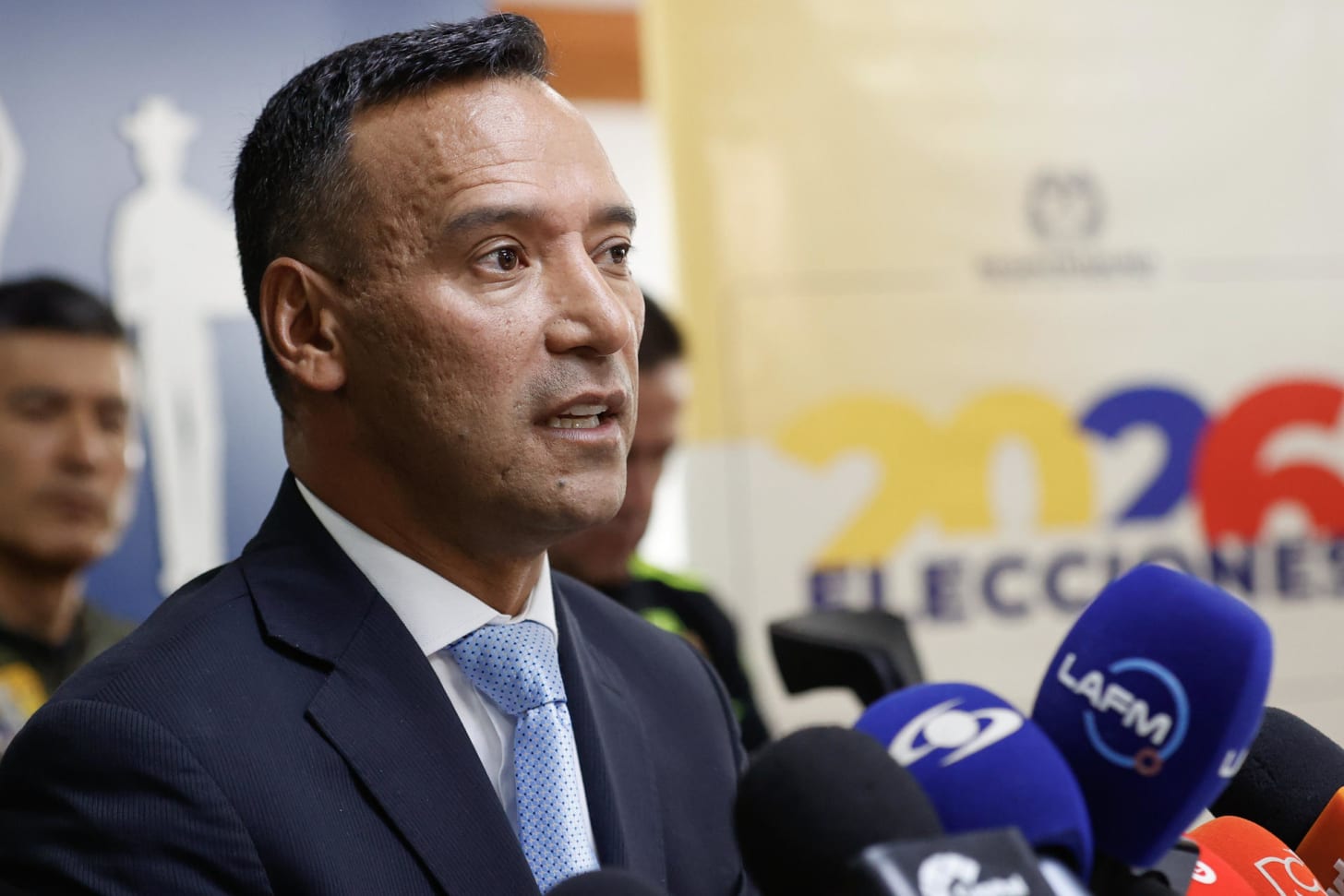
Similar instances of civilian hostage taking of government troops occurred in June when the army announced that 57 soldiers had been seized by community members in a southwestern mountainous region following fierce fighting with rebel forces.
Guerrilla groups are known to operate throughout Colombia’s rural region, with evidence verifying that groups of rebel forces, like Mordisco’s, are reportedly penetrating deeper into the jungled Amazonian regions to consolidate drug trafficking territory and further their illicit mining operations in protected lands.
The Colombian government has been grappling with the internal security crisis for the last 65 years as rebels continue to wage war against the central government.
In the early 1960s, revolutionary groups like the FARC (Fuerzas Armadas Revolucionarias de Colombia) and the ELN (Ejército de Liberación Nacional) started out with ambitious visions of social revolution guided by a rigorous dedication to their social causes that sought representative government and social egalitarianism.
However, during the late 1980s, with the advent of lucrative cocaine production, these same rebel groups resorted to these massive illicit drug-making projects as a tool to help fund their military operations and intensify their campaign against the Colombian Armed Forces.
Today, the groups are much stronger and more prolific in terms of their experience of many years of fighting in the rough mountainous terrain of Colombia, and in their advanced military-grade weaponry, although without their ideological bent.

